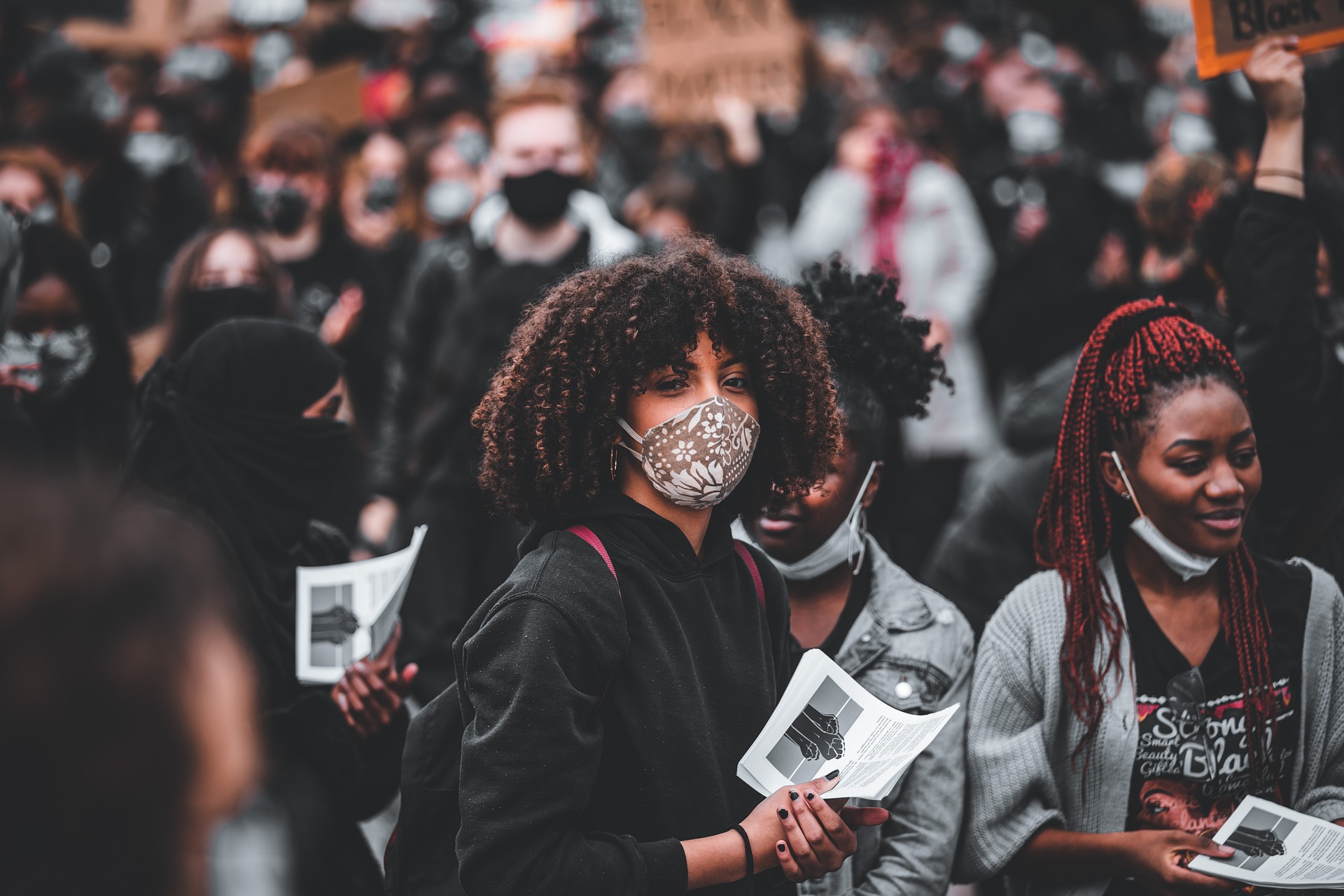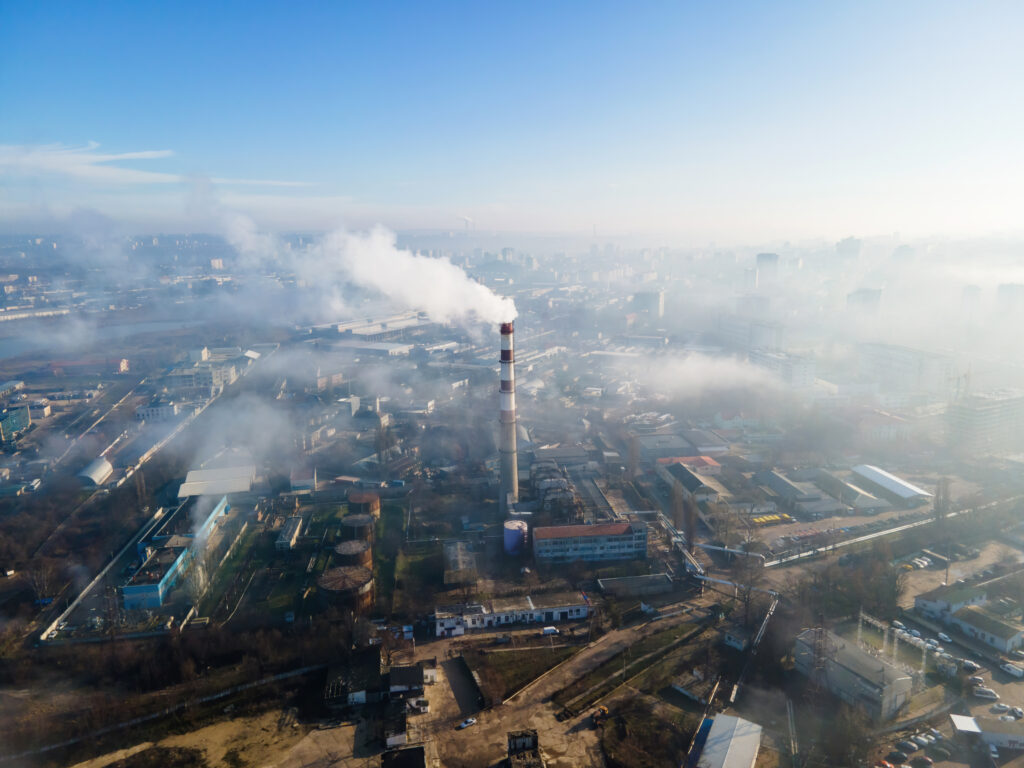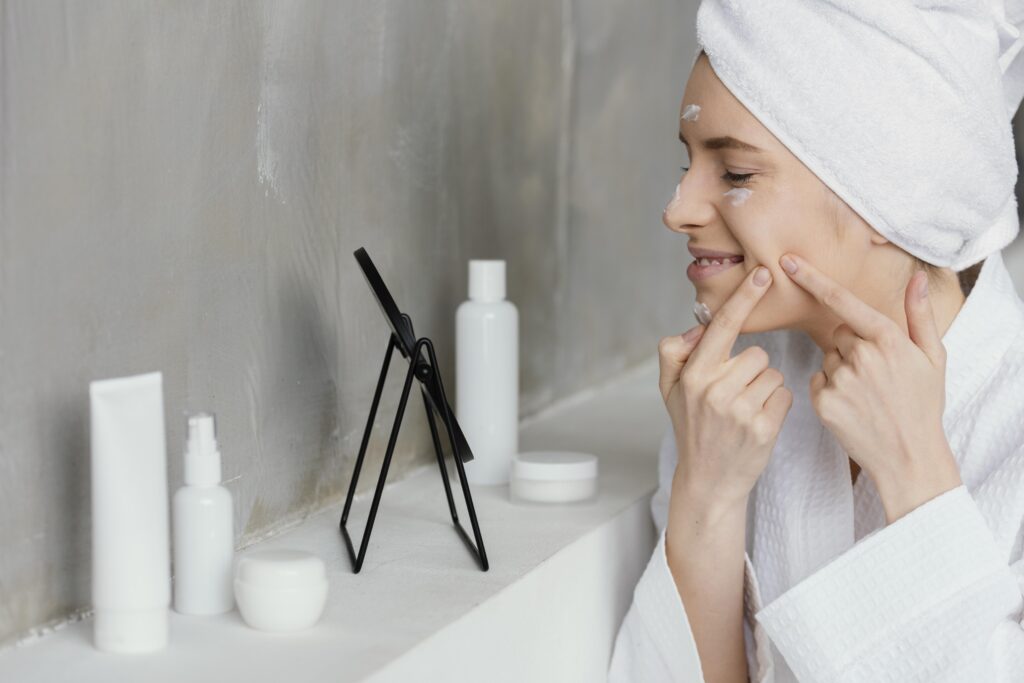
Air pollution is a major environmental concern that often goes unnoticed in terms of its effects on skin health. While we are accustomed to considering factors like sun exposure and diet when thinking about skin aging, air pollution is an equally significant but less recognized contributor. This is particularly true for those living in urban areas like Hong Kong and London, where pollution levels are alarmingly high. These cities, known for their vibrant lifestyles and dense populations, also harbor invisible threats in the form of airborne pollutants that can accelerate the aging process of the skin.
Our skin is constantly exposed to environmental stressors. It faces dehydration from wind, damage from UV rays, and irritation from cold or hot temperatures. However, air pollution has now been identified as one of the most significant factors in premature skin aging. This is because pollutants in the air can penetrate the skin, leading to various detrimental effects.
Effects of Air Pollution on Skin
Air pollution consists of tiny particles emitted from vehicles, power plants, manufacturing processes, and other industrial activities. These pollutants, which are often too small to see, can cause damage to the skin. They irritate the skin, clog pores, and can even accelerate the signs of aging such as wrinkles and age spots. The alarming rise in global pollution levels—up 8% in the last five years—has prompted more research into how these tiny particles affect our skin.

How Air Pollution Affects Skin
| Effect | Description |
| Wrinkles & Age Spots | Studies in Germany and China have shown a 25% increase in age spots with just a 10 microgram increase of NO2 per cubic meter. This is significant, especially in the UK where NO2 levels are illegally high, making pollution a major driver for age spots, even more so than UV exposure, nutrition, or smoking. |
| Sensitive Skin | The tiny particulate matter in polluted air, some as small as 25 micrometers (compared to a hair’s 70 micrometers), can penetrate the skin’s layers. This leads to irritation, making the skin more sensitive. |
| Breakouts & Dehydration | These particles, although minuscule, are solid and require the skin’s water reserves to flush them out. This not only dehydrates the skin, causing it to look dull and aged, but also leads to increased blood flow to the area, resulting in redness, patchiness, and even conditions like rosacea. |
| Oily Skin & Large Pores | Oily skin can attract more pollutants, with the oils acting as a sticky surface that traps particles. Larger pores, common in some skin types, allow these particles to penetrate deeper, exacerbating the damage. |
Pollutants like nitrogen dioxide (NO2) and tiny particulate matter are particularly harmful. For example, studies conducted in Germany and China have demonstrated a significant increase in age spots associated with a rise in NO2 levels. In the UK, where NO2 levels frequently exceed legal limits, pollution is now considered a leading cause of age spots, surpassing traditional factors like UV exposure, nutrition, and even smoking.
How to Protect Your Skin from Pollution
Given the pervasive nature of air pollution, protecting your skin requires a proactive approach. Here are some effective strategies to safeguard your skin from the harmful effects of pollution:
- Micellar Water: This type of cleanser contains micelles, tiny oil-based particles that attract and lift away dirt, oil, and impurities from the skin. Micellar water can penetrate deep into the pores, removing pollutants that regular cleansers might miss. For best results, choose a formulation that includes glycerine to avoid irritation from harsh ingredients.
- Mineral Sunscreen: Unlike chemical sunscreens, which absorb into the skin, mineral sunscreens sit on the surface and act as a physical barrier against pollutants. Ingredients like zinc oxide and titanium dioxide create a protective layer, preventing harmful particles from entering the pores. However, it’s essential to select products free from harmful additives like formaldehyde, parabens, and lanolin.
- Antioxidants: Antioxidants play a crucial role in neutralizing free radicals caused by pollution. Applying creams and serums rich in antioxidants such as Vitamins C and E, as well as polyphenols, can reduce oxidative stress on the skin. These ingredients help to strengthen the skin’s barrier, preventing inflammation and further damage.
- DNA Repairing Enzymes: Pollution can cause DNA damage in skin cells, accelerating aging and increasing the risk of skin issues. Products enriched with DNA repairing enzymes can help reverse this damage. Look for ingredients like photolysomes, derived from plankton, which support cellular recovery and promote skin renewal.
- Filtered Water: Contaminants in water can also affect the skin. Installing a whole-home water filter ensures that the water you use for washing your face and body is free from pollutants. Clean water helps maintain skin hydration, promotes healthy cell growth, improves circulation, and enhances the skin’s elasticity.
- Idebenone: Idebenone is a potent antioxidant that is highly effective in combating free radical damage. Originally developed as a treatment for Alzheimer’s disease, it has found a new role in skincare for its ability to protect the skin from pollution. Incorporating idebenone-based products into your skincare routine can provide an extra layer of defense against environmental aggressors.

Incorporating these practices into your daily skincare routine can significantly mitigate the harmful effects of air pollution. By taking these proactive steps, you can help maintain your skin’s health, appearance, and resilience in the face of environmental challenges.
Gentle Reminder: This article is not intended as a substitute for professional medical advice. Always seek appropriate medical assistance when necessary.
Featured Image by Justin Kilian from Pixabay





Leave a Reply